- Have any questions?
- +91 9210626626
- info@markolaser.com

Customised Laser Welding Machines
Welcome to our webpage dedicated to customized laser welding machines. Here, you will discover a comprehensive overview of laser welding, its benefits, and various applications. what is laser welding ? Laser welding is a precise method that uses a high-energy density laser beam to accurately join metals and plastics. This technique is gaining popularity in industries that demand precision and accuracy, offering several advantages over traditional welding techniques such as faster weld times and high-quality welds.
Our webpage provides an in-depth understanding of the laser welding process, including its different types such as continuous beam laser welding, spot welding, seam welding, and wobble welding. We highlight the benefits of laser welding, such as creating smaller heat-affected zones (HAZ), resulting in less deformation and fewer post-welding operations.
Our team of experts can guide you in understanding how laser welding works and its applications, and help determine if it's the right process for your specific needs. At Markolaser, we are committed to providing high-quality laser welding machines tailored to your unique requirements, ensuring precision and attention to detail in every job.
We offer a wide range of laser welding equipment to suit various industrial needs, including jewelry making, metal fabrication, and mold repair. Our product range includes fiber laser welding machines, Markoweld laser welding systems, and Just Weld laser welding machines, among others.
Our Markoweld laser welding systems are top of the line and priced based on factors such as laser type, power output, machine size and complexity, warranty and support, and customizations and integrations. These systems are designed to provide high-quality and precise welding results, making them ideal for a variety of applications.
For jewelry making and repair, we offer small and mini laser welding machines. Our jewelry laser welders are compact and easy to use, providing a precise and clean welding process that preserves the integrity of the jewelry. We offer different models, including fiber laser welders, Markoweld laser welders, and handheld fiber laser welders, to cater to different needs and budgets.
In addition to our jewelry welding machines, we also offer laser welding machines for various industrial applications. Our fiber laser welding and cutting machines provide high-speed and high-precision welding and cutting for metal fabrication, while our automatic laser welding machines offer an efficient and automated welding process for increased productivity.
We also provide various other laser welding solutions, including laser spot welders, cold laser welders, battery laser welding machines, and plastic laser welding machines. Our products are made with high-quality materials and advanced technology, ensuring reliable and long-lasting performance. Other laser welding machines available with Markolaser include automotive laser welders, medical laser welders, electronic laser welding machines, tool and die laser welders, packaging laser welders, and many others.
At Markolaser Laser Welding Machines, we are dedicated to providing our clients with the highest quality laser welding machines that meet their specific needs. Contact us today to learn more about our products and services.
Types of Laser Welding
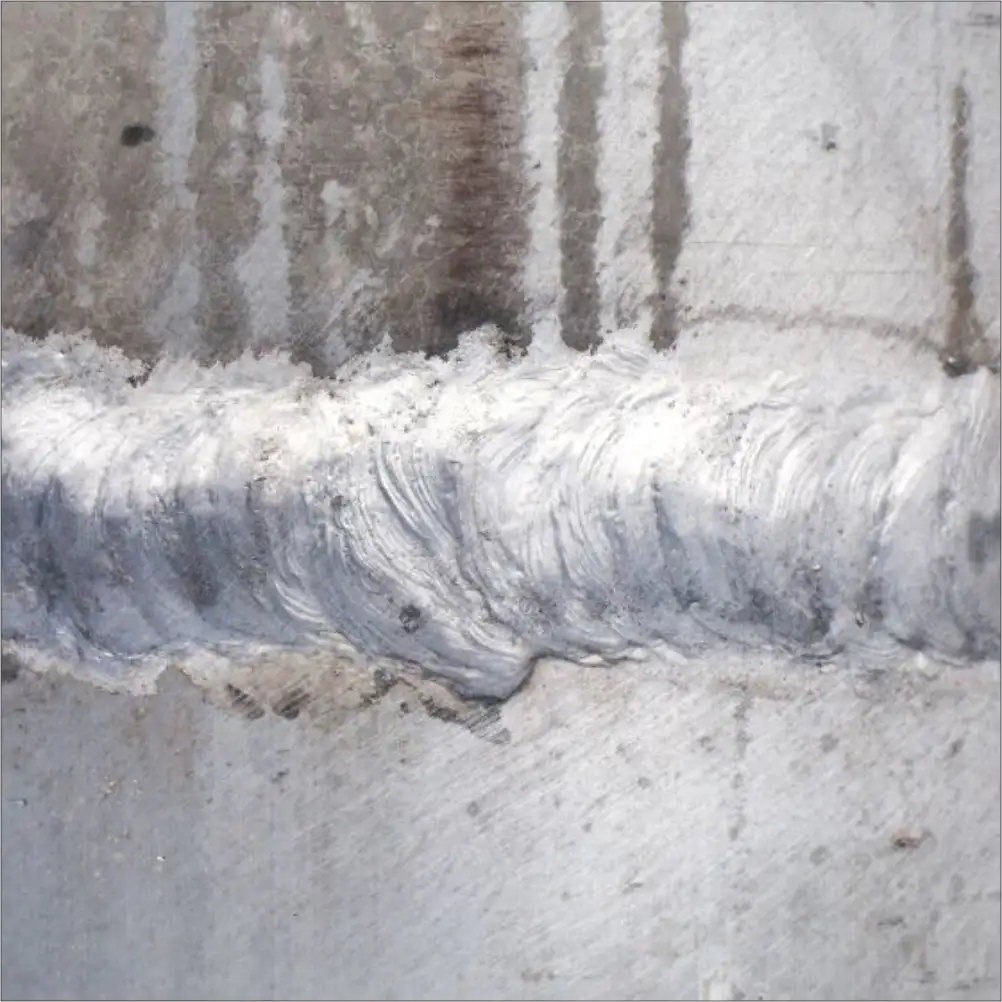
Continuous Beam Laser Welding
The lasers used in this type of welding are called as continuous beam or constant wave or continuous wave laser. These lasers are an excellent choice for speedy seam welding applications. This welding process utilized a continuous laser beam of light. This process is acceptable for deep penetration welds. Two things i.e., power and feed speed must be accurately balanced.
This type of welding is used in the sheet metal and automotive industry such as automotive steering welding. It is used for metals like stainless steel, aluminum, copper, etc.
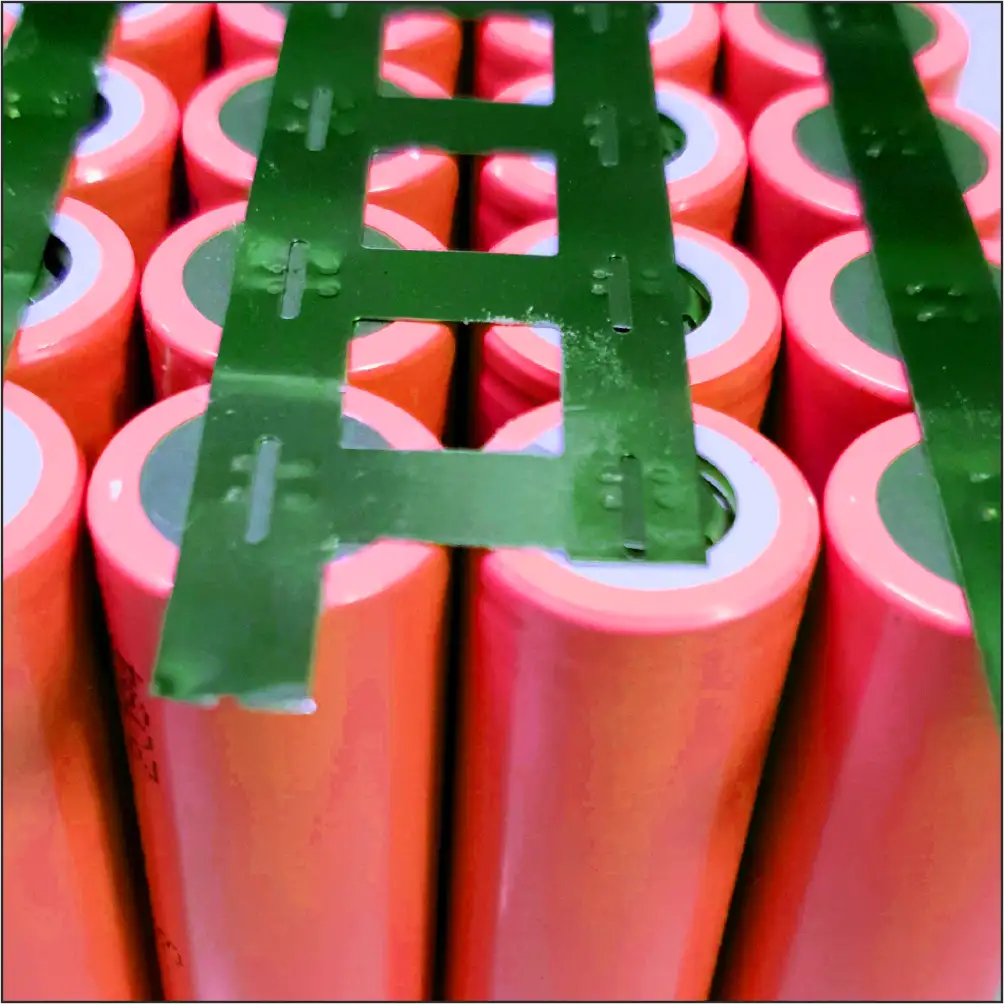
Spot Welding
Spot welding gives quick outcomes. It is well known for its speed and when we need to join two pieces of material together. This process is an easy method and doesn’t need any shielding gas.
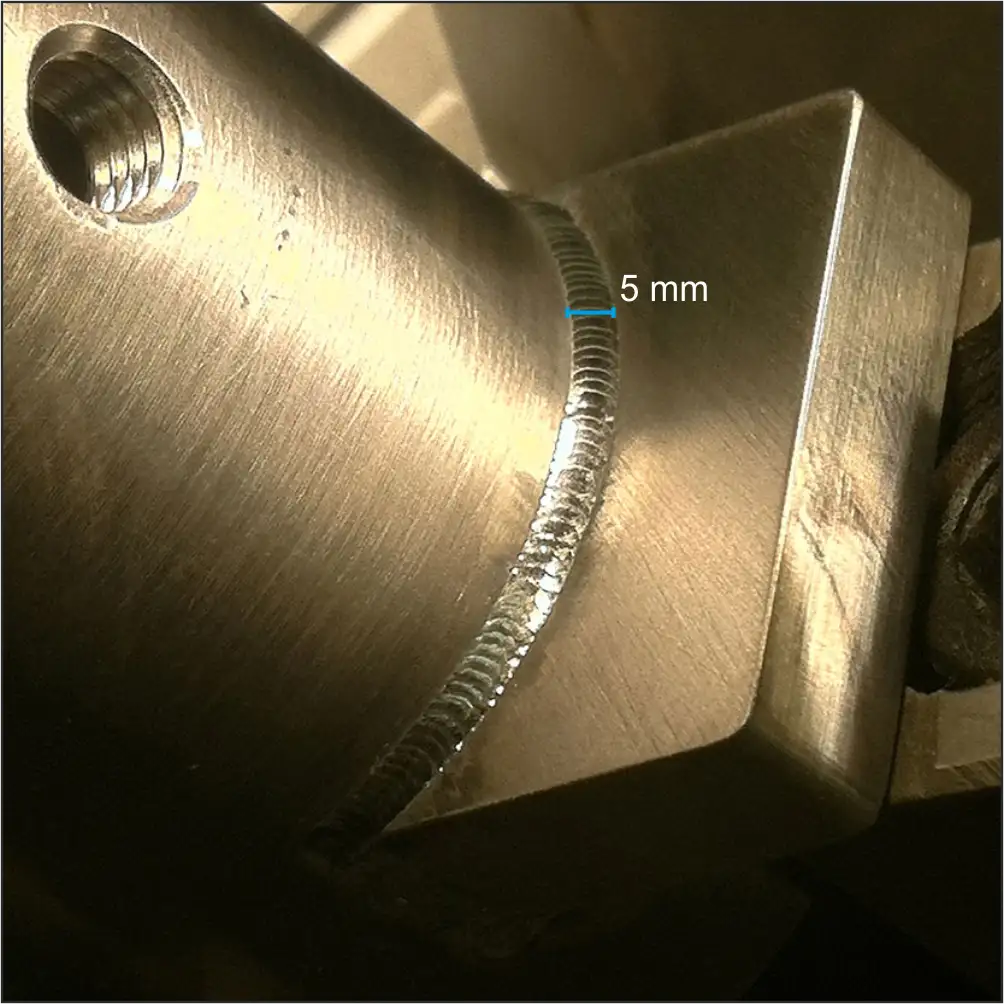
Seam Welding
It is a method where similar or dissimilar metals are joined at the seam. In the seam welding process, welding current is the major parameter. The welds created by this method are airtight.
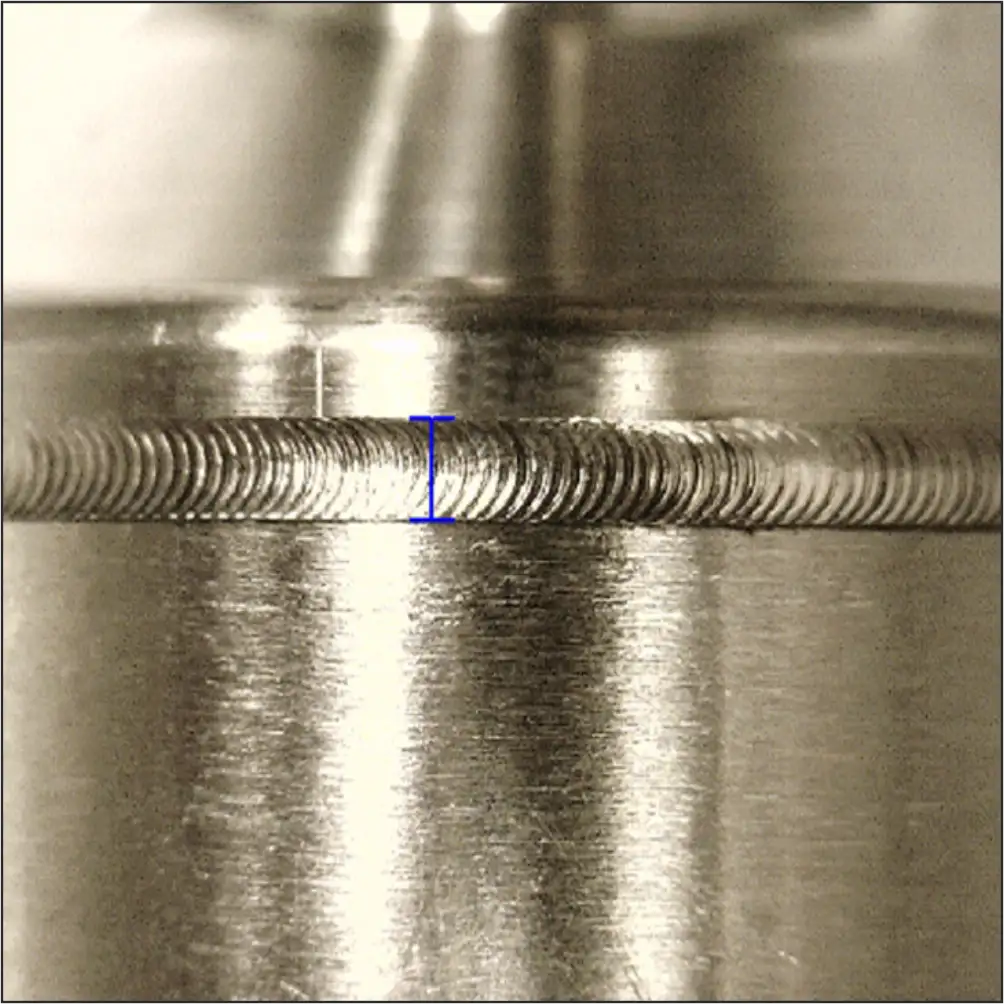
Wobble Welding
LBW which is the latest welding technology proffers the greatest features and advantages. The wobbling technique or laser beam oscillation is excellent. It can be used for good quality welding even when there is a gap between welding sections.
During the welding process, this technique functionally increases the diameter of the beam to increase the breadth of the weld. An increase in effectual beam diameter is due to superimposing movement of the beam of light in patterns such as linear or circular on the motion that is needed to follow the joint.
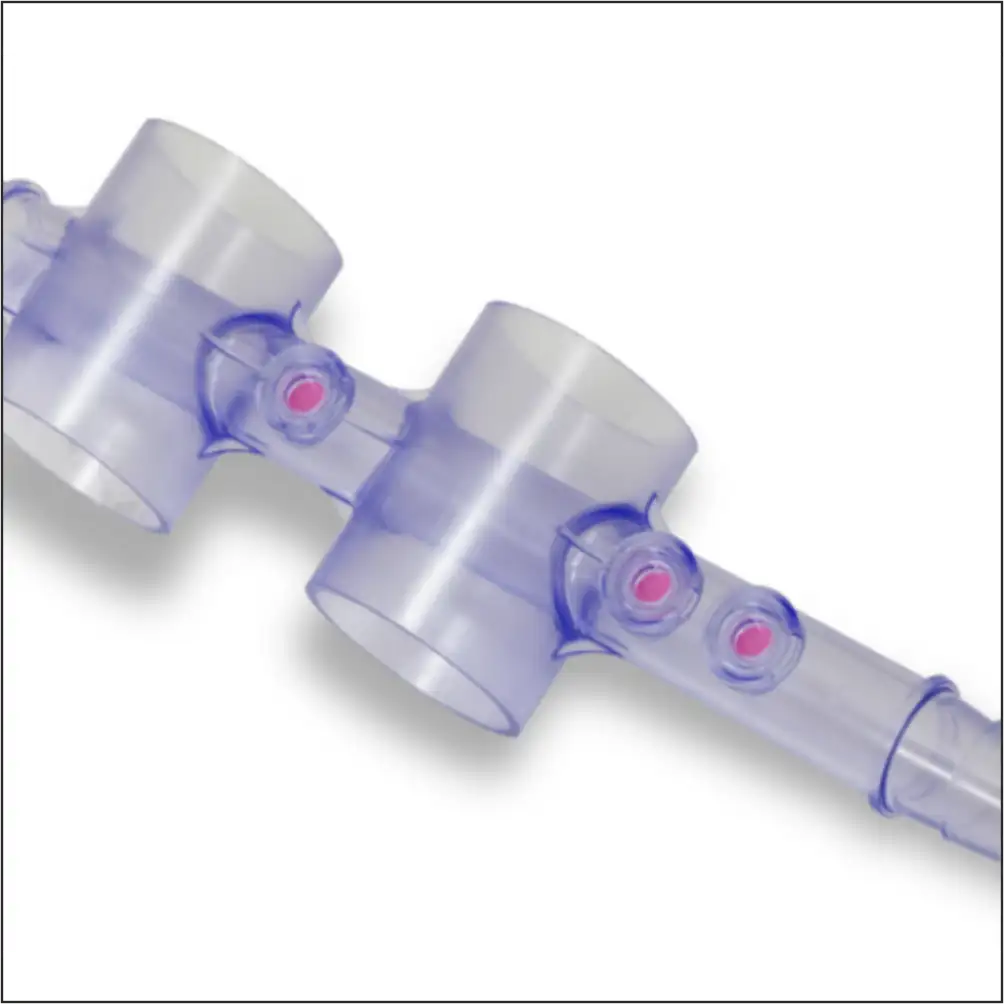
Laser Welding of Plastic Polymers
It is a process used to join polymeric compounds using laser technology. Laser welding offers flexible and reliable solutions. It is a non-contact process and provide accurate outcomes and can finely weld polymers. As it is a contactless process, it produces lower heat affected zone. Various lasers are used in the welding of polymers such as Diode lasers, CO2 lasers, and fiber lasers. Polymer laser welding is useful in industries such as automotive and medical etc.
Laser welding techniques used for joining plastics are through transmission laser welding (TTLW), Direct laser welding, Intermediate film welding, and Laser surface heating.
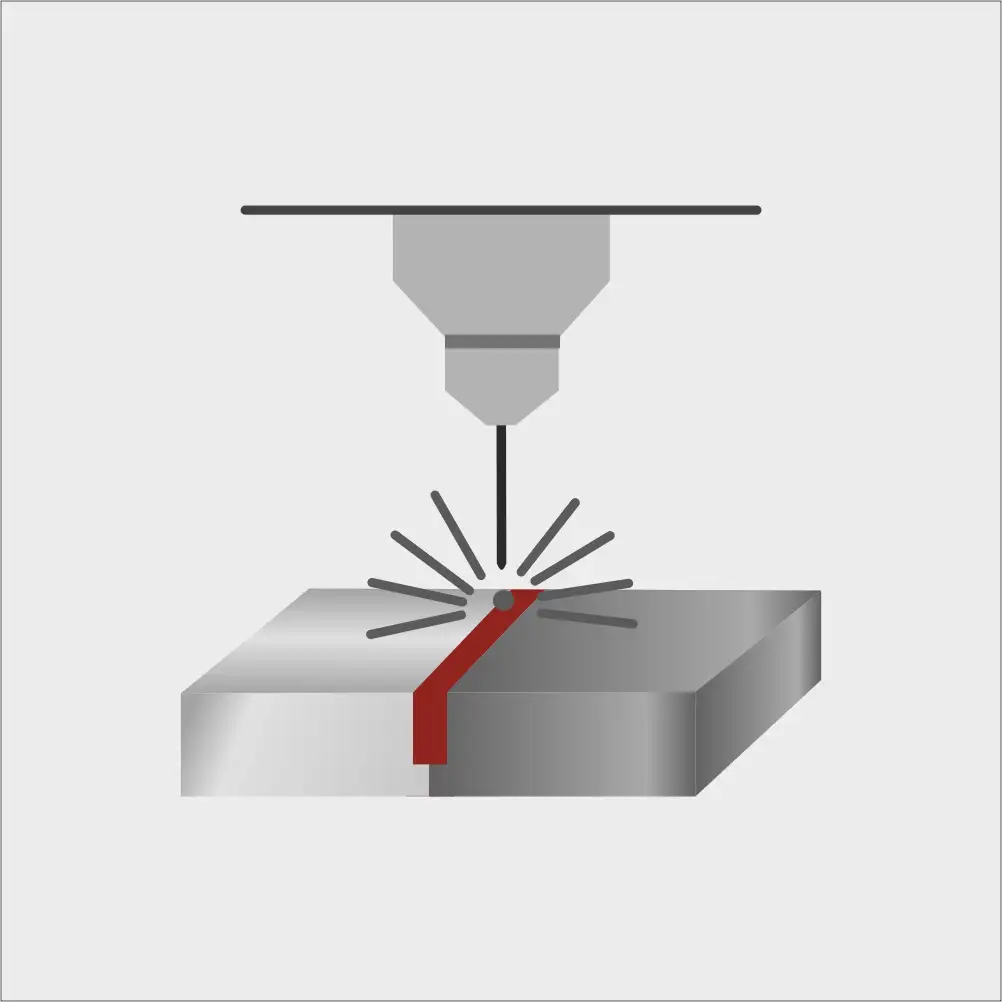
Laser Welding of Copper with Copper
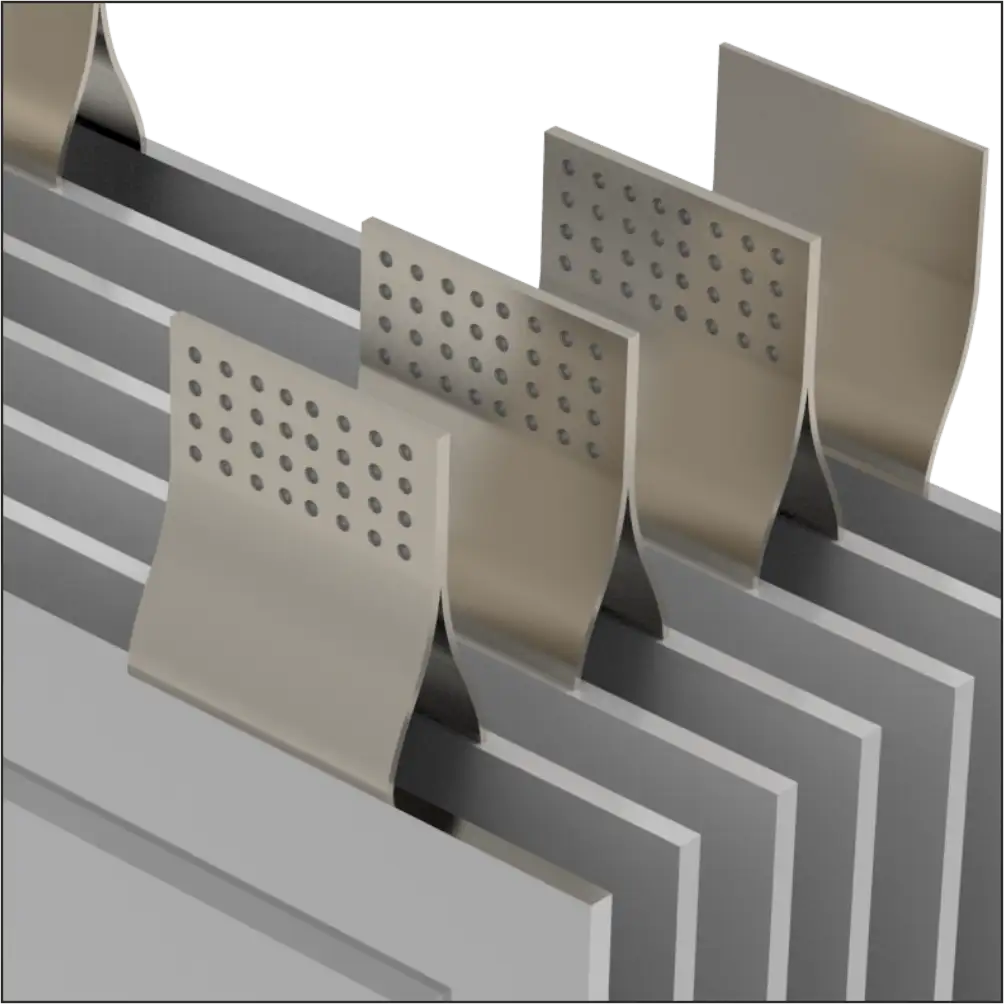
Laser Welding of Copper with Aluminium
Laser Welding of Similar & Dissimilar Materials
Laser welding provides flexible and reliable results in its process. A fruitful method is used for joining two similar or dissimilar pieces of metals.
When laser welding is done for similar metals, a true metallurgical bond is created at the weld seam. Mechanical characteristics of similar materials are better than dissimilar ones due to the sound bonding of similar materials.
Joining dissimilar materials is not easy, it needs a technical and modish processes, laser welding which is a prominent technology is helping with its latest features in many industries such as automotive, aerospace, automobile, etc.
During dissimilar metals welding, the optimal thing is high welding speed. Due to high welding speed, it reduces the interaction time of the metals that have different properties such as melting point, thermal conductivity, etc.
LBW technique removes the burden of using a third type of metal for joining purpose.
Pulsed Beam Laser Welding
It is a technique that is used for thin-section welds, and it is exemplary for spot welding. Pulsed lasers can create high peak powers. A precise weld is created using the welding process and the heat affected zone is lower in this process. It is used in various industries such as medical, electronics etc.
Scanner Welding
Scanner Welding offers exemplary results in its process. The laser beam of light is guided by mobile mirrors. By changing the angle of the mirrors the beam of light can be guided causing the emergence of the processing field. This provides accurate and superior welding. This welding process enhances production efficiency.
Single and Multi-Mode Beam Welding
Single mode lasers are mainly small. Single mode and multi-mode, both are utilized in the field of welding. When penetration welding is needed for thick plates, a single mode is beneficial. Single mode beam is appropriate for welding particularly highly reflective materials.
Multi-mode beam is useful when deep penetration is not needed. It is acceptable for butt and fillet joints. It is utilized when welding work is in the macro range.
Welding Modes
Welding heat modes are created by different power densities. Heating modes that are used to explain the resulting melting during the laser welding process are as follows:
Conduction Mode
In the conduction mode, there is a good power density and here the weld penetration is attained by the conduction mode of heating. Here the welds are generally wider.
Keyhole Mode
In this mode, the weld can be finished at high speeds with deep or shallow welds. In this, the power density is large that not results in melting, but it also vaporizes the material. This type of welding process is useful in automotive components.
Laser Welding of Different Joint Geometries
The way the heat is transferred by the laser welding process is unique and different. This process offers tremendous flexibility regarding welding joints.
Welding Joint Types or joint geometries are as follows:
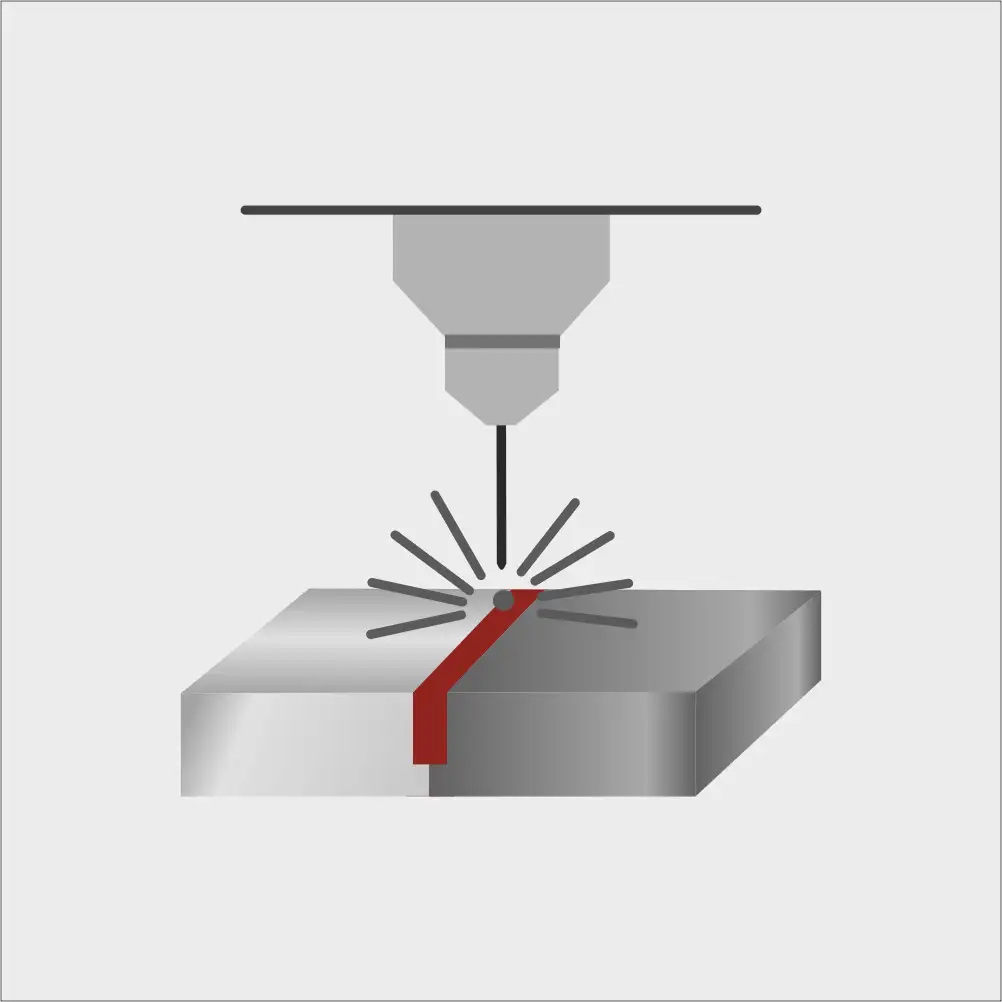
Butt
It is a joint when two parts are placed together, or we can say two parts of metals are in the same plane.
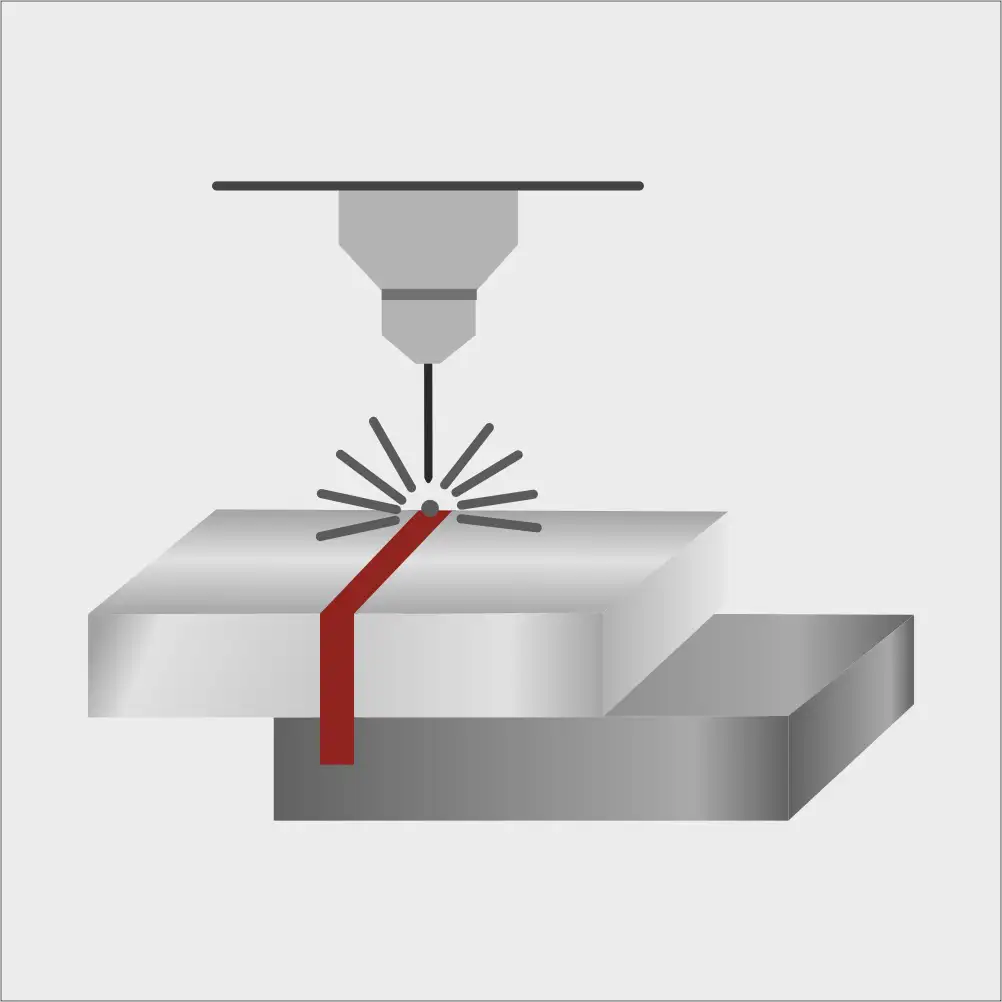
Lap
This joint is created when two parts are placed on top of each other or in overlapping pattern.
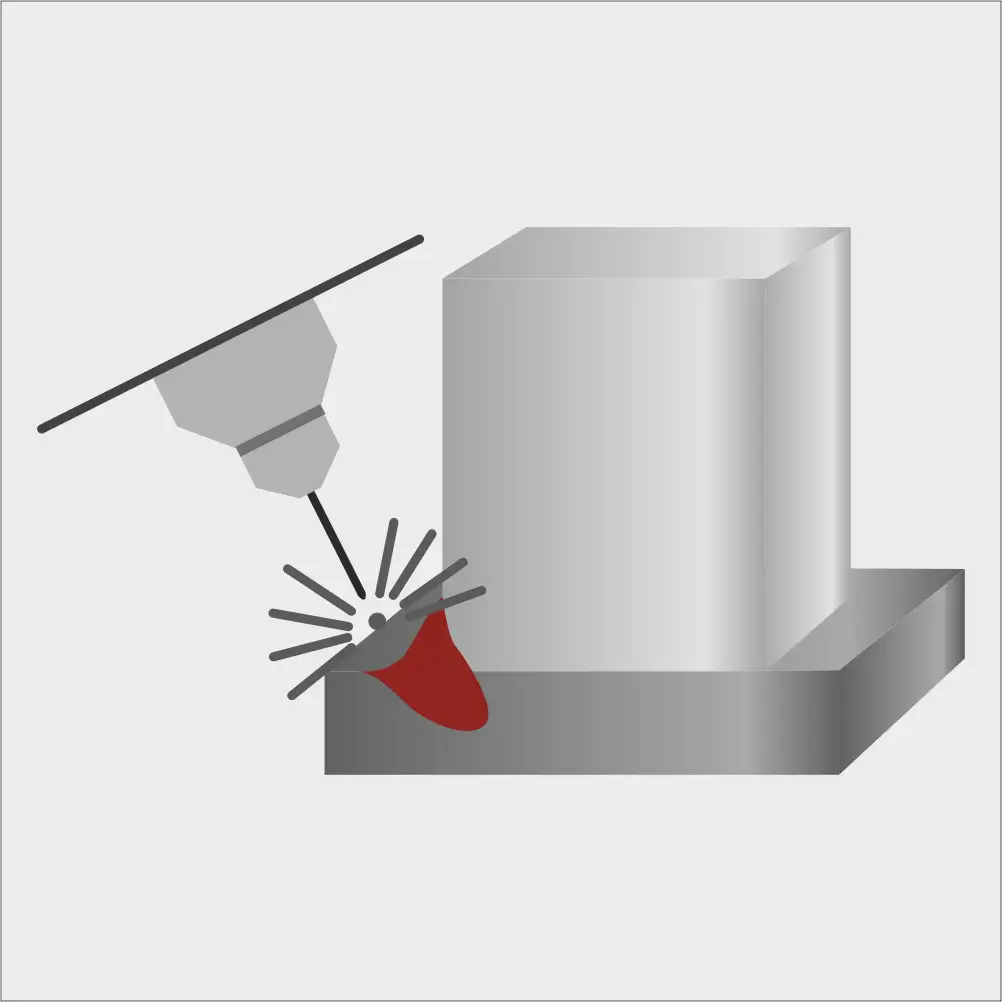
Fillet
It is a joint that is formed when two parts are at an angle or intersect at a 90-degree angle. This joint is also known as Tee joint.
Laser Welding in Different Industries
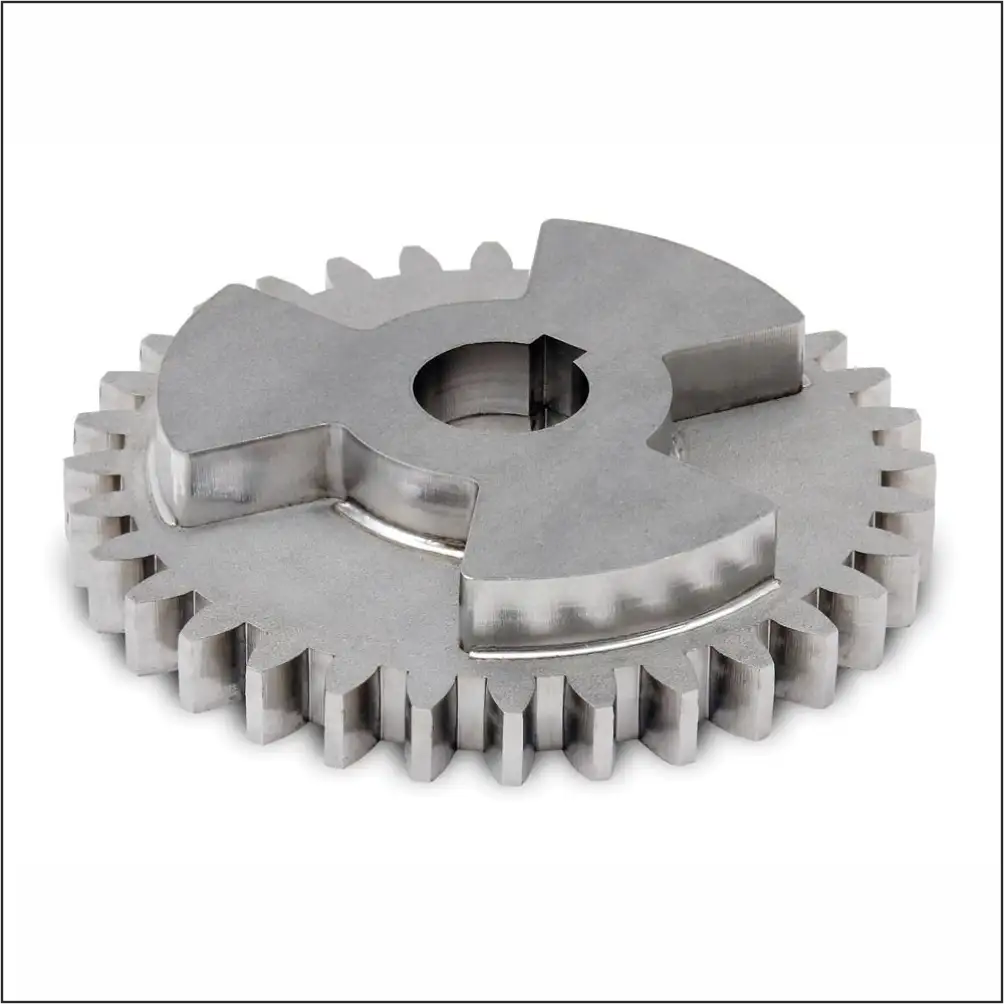
Automotive industry
Laser welding is a prominent technique used in the automotive sector. Automotive industry is a tremendous one and laser welding is providing outstanding outcomes in this industry.
Automotive components welding includes welding of engine parts, transmission parts, fuel injectors, large-scale welding of body frames, welding for front and back lights, fuel filters, air bags, etc.
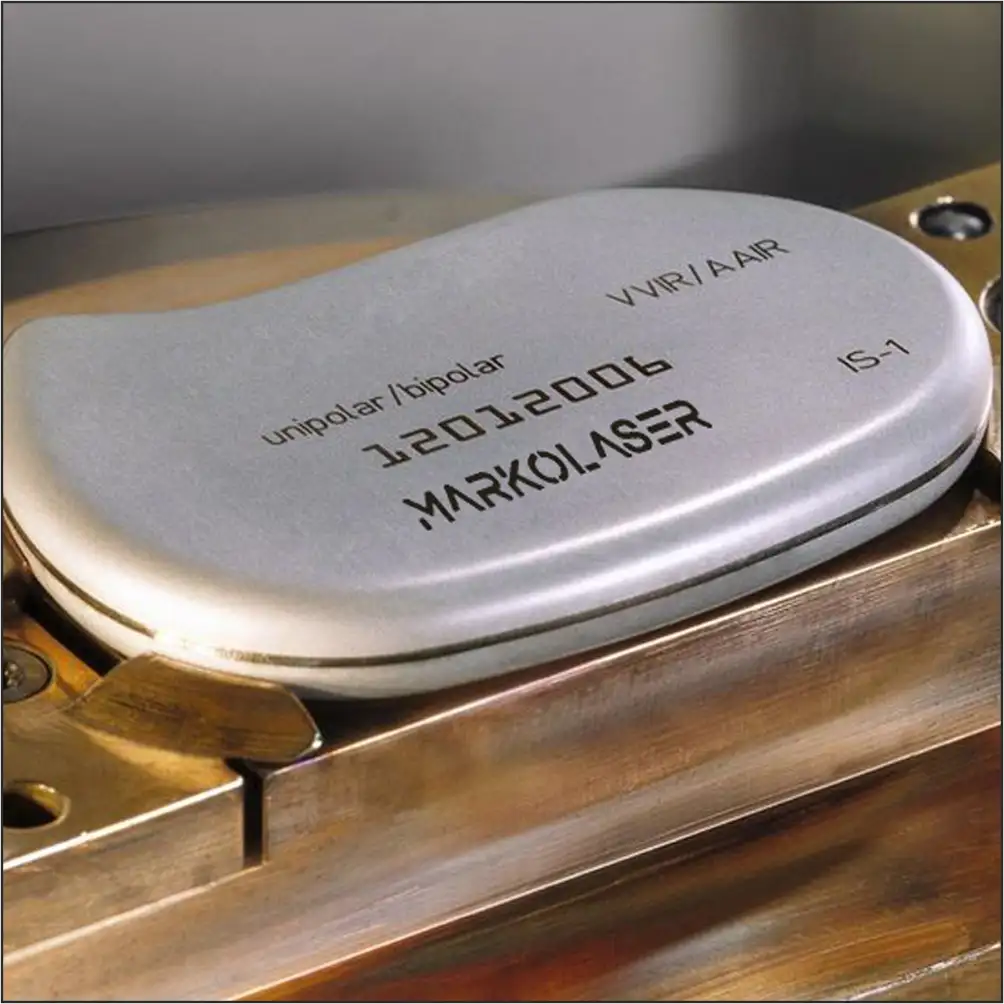
Medical Industry
Laser welding process has brought great advancements in the medical industry This process offers high-quality welds for different medical devices.
Laser welding is done on various medical tools and devices such as pacemakers, hearing aids, guide wires, hearing aids, etc.
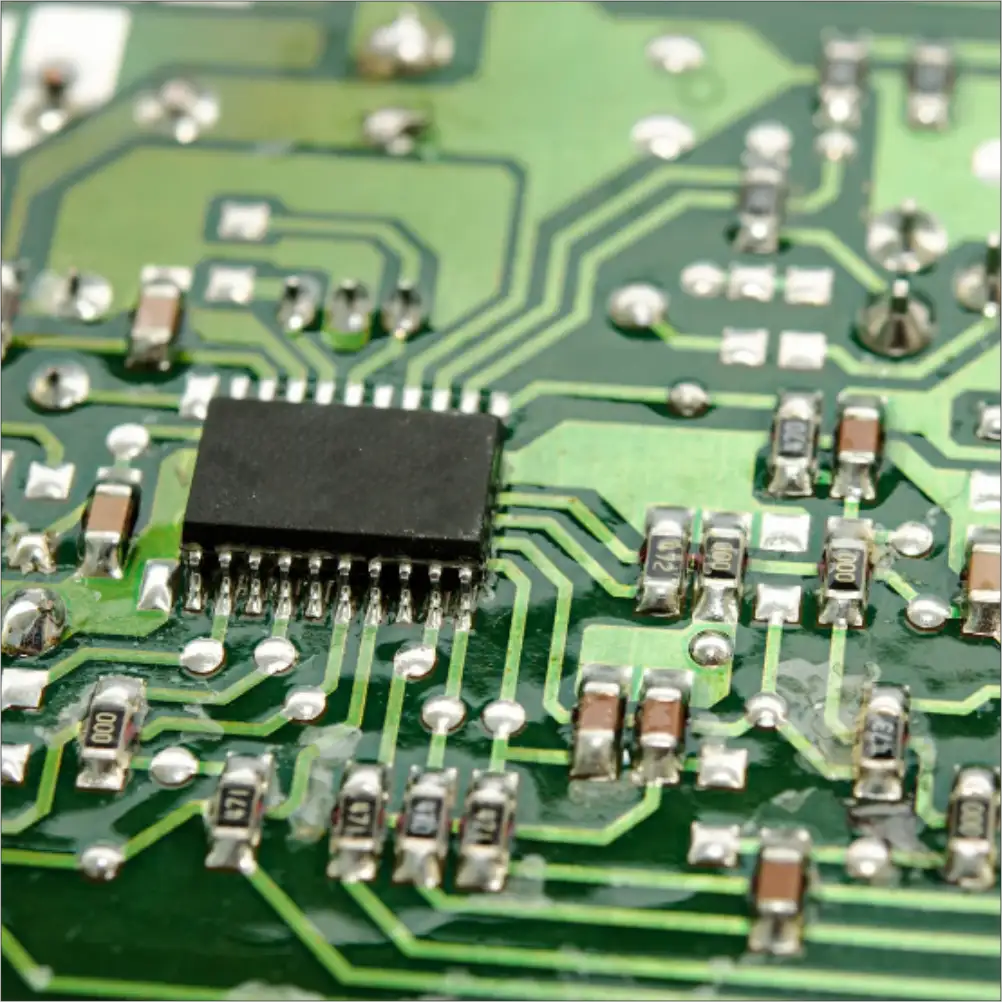
Electrical & Electronics Industry
The laser welding technique has also eased the welding of electrical components besides simplifying the welding process. Laser welding can be done on delicate parts as well. The process can be done on circuit boards, PCB boards, electrical towers, etc.
Latest laser welding machines are perfect for voltage-sensitive applications utilized for the laser welding process in this industry. Spot and seam welding is used in electronics components manufacturing.

Welding for E mobility sector
Laser welding works with flexibility and gives us the most precise outcomes. The best part about the welding process is the welds can be adjusted to different ranges of designs. Lasers are exemplary solution as they proffer faster results compared to traditional welding processes.
The demand for electric vehicles is increasing day by day and its success is mainly dependent on providing an efficient battery pack. Laser welding techniques are the need of the hour to achieve sustainable EV components including battery packs as it provides exemplary solutions for E mobility sector. In automotive industry, there is a tremendous demand in electric motors, battery packs, battery cells, therefore the demand for an optimal and methodical solution is increasing, laser welding provides great solutions in this industry.
Laser welding processes yield good welding strength preventing the welds from being affected by mechanical processes. It is a safe and advanced technology to use in lithium batteries.
Laser Welding on EV Battery Packs
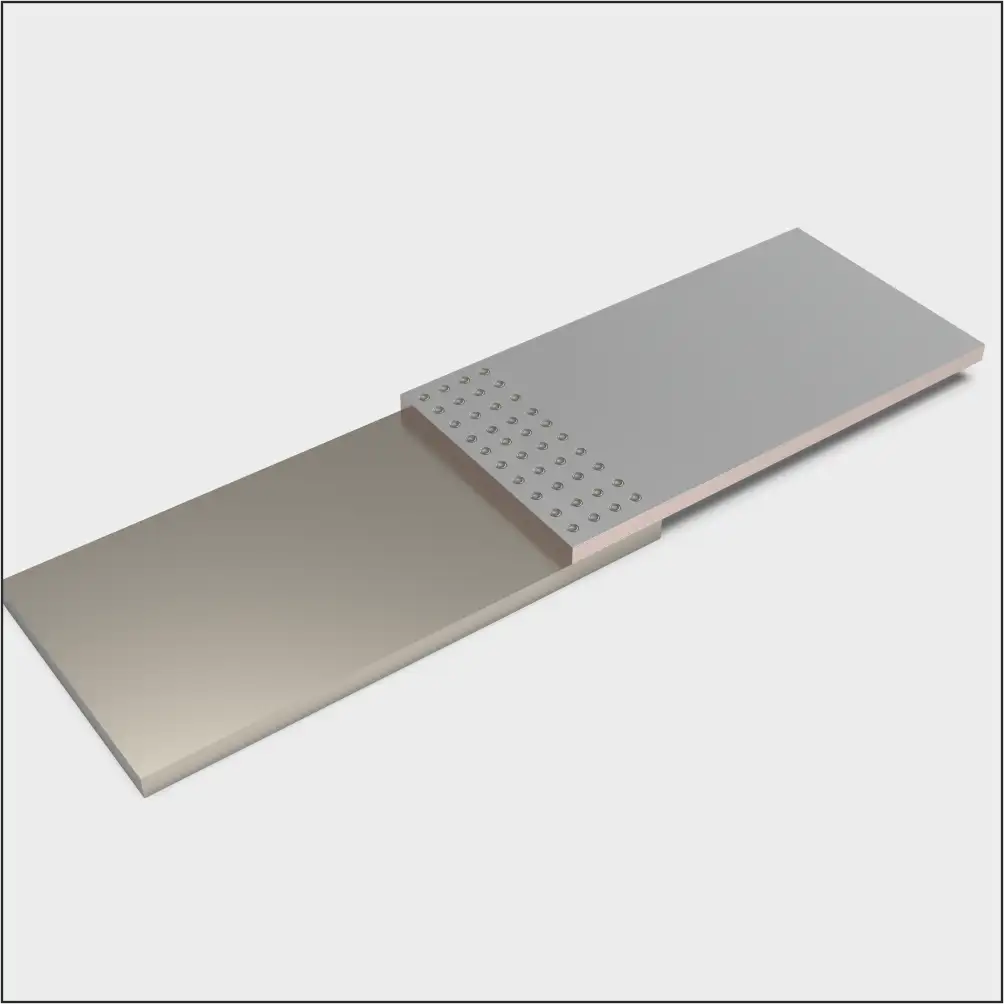
Foil to Tab welding
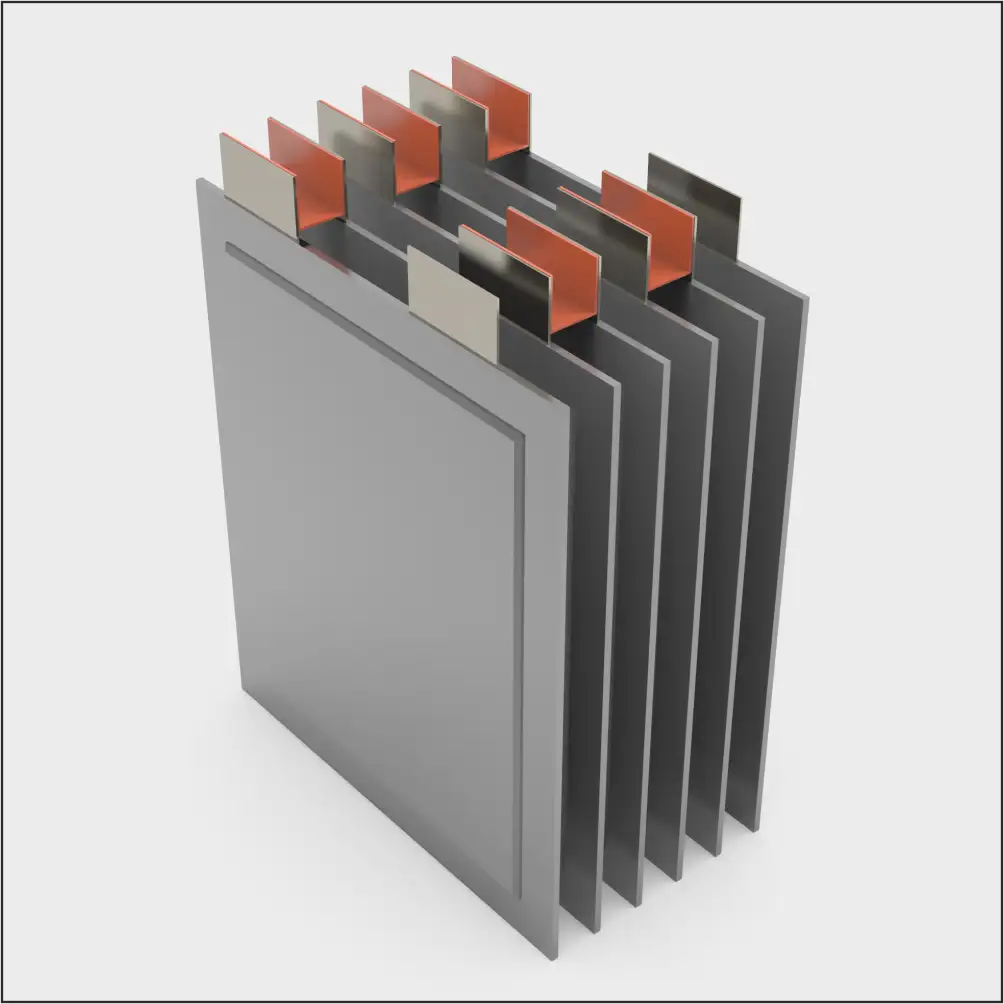
Tab to busbar welding
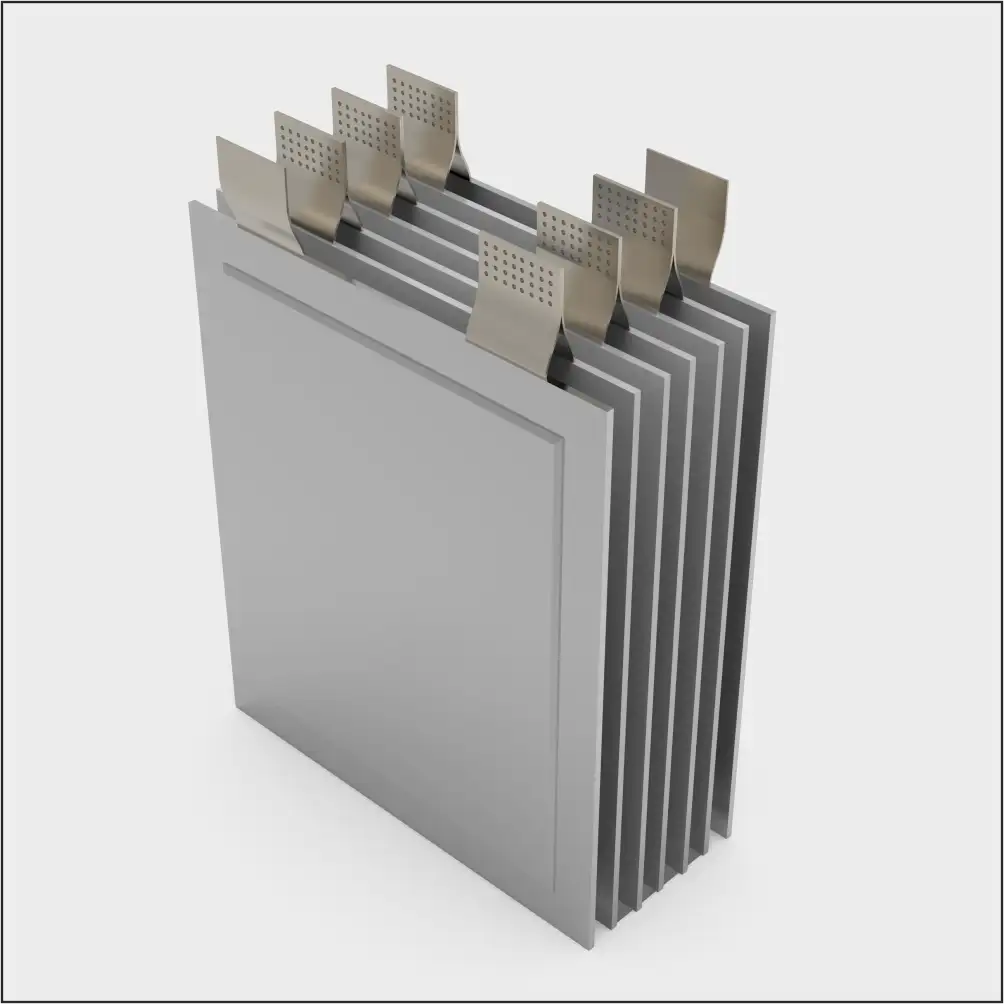
Tab to tab welding
Tool and Mold Making Industries
Since, welding with laser is meant for quick and precise results, laser welding processes are salient in tool and mold making industries. Laser welding machines utilized for this industry have the ability to produce the finest quality outcomes with minimal heat effects. This superior method is used in mold repairing, injection molding assemblies, etc.
Solar Industry
Modern world is full of technologies that are meant for proffering fast and qualitative results. During the manufacturing of solar modules, laser plays an important role. Due to growth in the photovoltaic solar cell industry, there is a rise in demand for the foremost technology. Laser techniques have the ability to meet the demands needed in the solar industry. Laser welding provides marvelous results used for thermal solar panel absorbers.
FAQ's
Ans: Laser welding is a process that uses a laser beam to join pieces of metal or thermoplastics together. The laser provides a concentrated heat source, allowing for narrow, deep welds and high welding rates.
Ans: Laser welding is considered more environmentally friendly than traditional welding methods. It produces fewer emissions and requires less energy, contributing to a cleaner production process.
Ans: Safety is paramount in laser welding due to the high energy and intensity of the laser beam. Proper safety gear,such as eye protection is essential. Additionally, proper extraction equipment is necessary to remove any fumes produced during the welding process.
Ans: Choosing the right laser depends on several factors. To name a few are - type of material, thickness, material properties such as coefficient of thermal expansion, etc, welding speed, and quality requirements. Consulting with laser welding experts like Markolaser can help determine the most suitable laser for your specific applications. Contact now
Ans: Yes, laser welding is well-suited for repair work, especially for molds, tools, and precision parts. Its ability to precisely control the heat input allows for effective repairs without damaging adjacent areas. Contact now
Ans: Laser beam welding (LBW) uses only a laser as the heat source, while laser hybrid welding combines the laser with another welding process (such as MIG or TIG) to enhance welding performance, speed, and penetration.
Ans: Quality assurance in laser welding involves proper setup, calibration, and maintenance of the laser equipment, using assist gas, as well as adherence to welding protocols. Non-destructive testing methods, such as ultrasonic or X-ray inspection, can be used to assess weld quality post-process. Talk to the experts
Ans: The strength of a weld is not solely dependent on the welding technique employed. Critical factors including the type of lasers used , laser parameters ,materials or metals involved, material properties, high cooling rates, dimensions of the weld such as length and size, choice of filler material, as well as the proficiency of the welding operator, significantly influence weld integrity. Talk to the experts
Ans: Laser welding, like traditional welding, involves considerations regarding the safety of welding certain metals. Not all metals are equally safe to laser weld due to factors like reflectivity, toxicity of fumes released during welding, and the metal's reactivity. Talk to the experts
